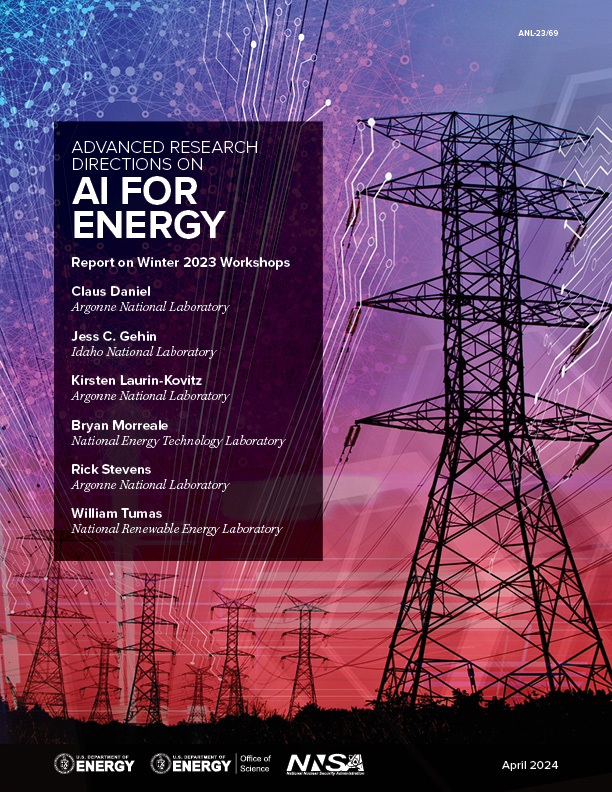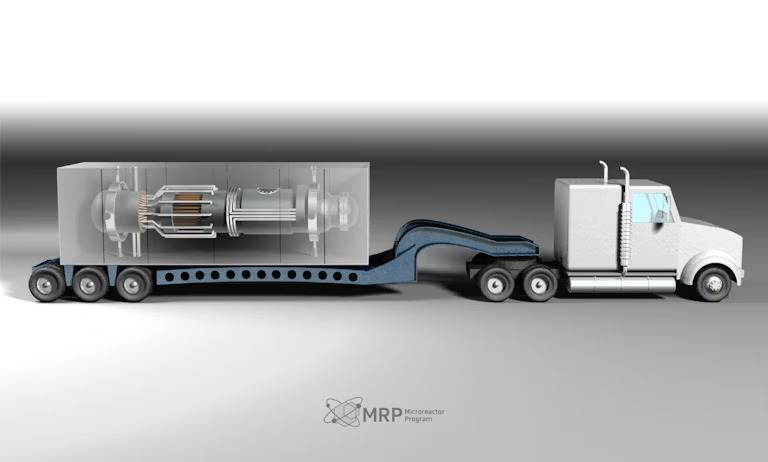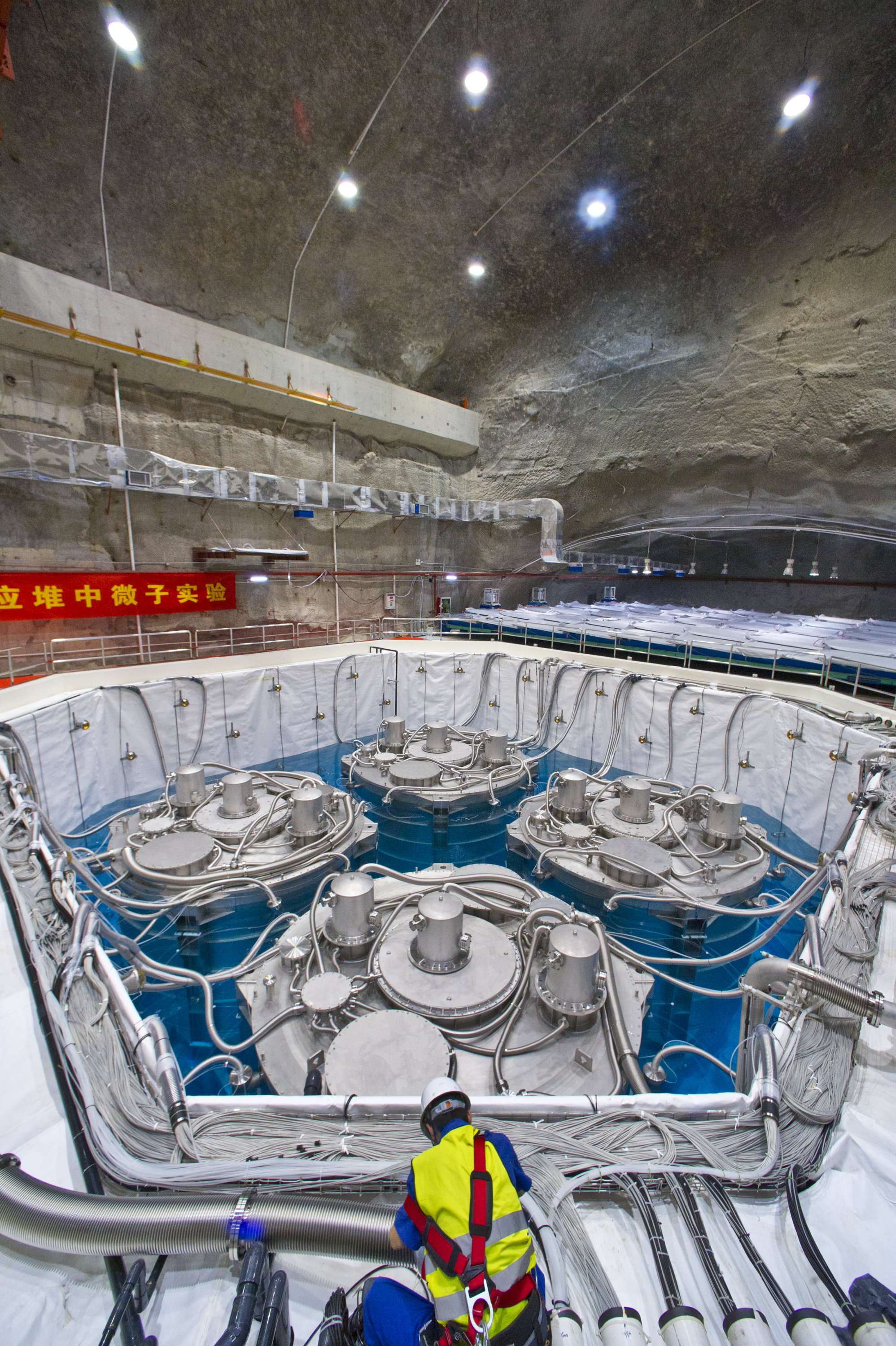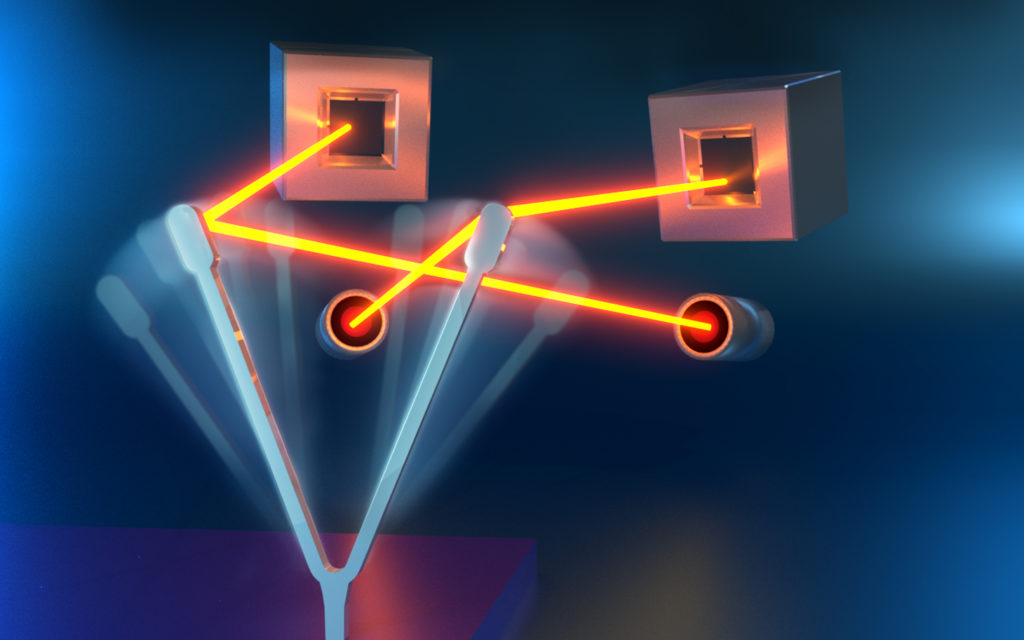Three Mile Island (TMI), located just south of Harrisburg, Pennsylvania, has been dormant since suffering a partial meltdown in March 1979. Now, there’s talk about bringing it back online. Residents of the region are naturally curious and potentially concerned about…
Tag: Nuclear Power
Measuring energy transition away from fossil fuels: A new index
Abstract With the adoption of carbon neutrality policies, an increasing number of countries have implemented diverse measures to facilitate the energy transition away from fossil fuels. Ascertaining the efficacy of these measures towards meeting the goals of Paris Agreement and…

How artificial intelligence can transform U.S. energy infrastructure
A groundbreaking report from the DOE’s national laboratories provides an ambitious framework for using artificial intelligence to accelerate U.S. clean energy deployment in the face of climate change.
ORNL, University of Kentucky focus on clean energy in Appalachia
The Department of Energy’s Oak Ridge National Laboratory hosted the second annual Appalachian Carbon Forum in Lexington March 7-8, 2024, where ORNL and University of Kentucky’s Center for Applied Energy Research scientists led discussions with representatives from industry, government and academia to discuss ways to transition to clean energy.
Measuring neutrons to reduce nuclear waste
Nuclear power is considered one of the ways to reduce dependence on fossil fuels, but how to deal with nuclear waste products is among the issues surrounding it.
GW Experts Available: Japan releasing treated water from Fukushima nuclear plant
Japan started discharging treated radioactive water from the Fukushima Daiichi nuclear plant into the Pacific Ocean. According to The Washington Post, the move comes amid fierce opposition from neighboring countries and after a two-year review by the International Atomic Energy Agency,…
A FORCE to be reckoned with: Computer modeling for optimal energy partnerships
Integrating nuclear power into broader energy systems, including renewable energy sources and heat-intensive industries, could improve flexibility and unlock revenue streams for nuclear power producers.
Early career scientist wins prestigious Hungarian physics award
Laszlo Horvath, an early career physicist at PPPL, is the winner of the 2022 Károly Simonyi Memorial Plaque from the Hungarian Nuclear Society.

New Study Examines US Markets for Microreactors
Developers seeking to deploy advanced nuclear reactors can find high market potential in states with energy-intensive industries, nuclear-friendly laws, and widespread social acceptance – factors outlined in a new report by researchers at Idaho National Laboratory (INL).
Sandia scientists help enhance advanced nuclear reactor analysis
Sandia National Laboratories engineers have developed a standardized screening method to determine the most important radioactive isotopes produced by an advanced nuclear reactor in the unlikely event of an incident.
Extending nuclear power accident code for advanced reactor designs
A number of new nuclear reactor designs, such as small modular reactors and non-light water reactors, have been developed over the past 10 to 15 years. In order to help the Nuclear Regulatory Commission evaluate the safety of the next generation of reactors, fuel cycle facilities and fuel technologies, researchers at Sandia National Laboratories have been expanding their severe accident modeling computer code, called Melcor, to work with different reactor geometries, fuel types and coolant systems.
Key Improvements to Efficiency and Safety Will Enable Expansion of Nuclear Energy
Nuclear power plants produce about 20% of the United States’ electricity. In order to increase the amount of carbon dioxide-free energy these plants can yield, improvements in efficiency and safety must be made. With support from $1.5 million in grants from the Department of Energy (DOE), researchers at Rensselaer Polytechnic Institute will lead projects aimed at upgrading nuclear power plants with those goals in mind. The grants are part of more than $61 million in awards recently announced by the DOE to support nuclear energy research.

Scientists Say Farewell to Daya Bay Site, Proceed with Final Data Analysis
The Daya Bay Reactor Neutrino Experiment collaboration – which made a precise measurement of an important neutrino property eight years ago, setting the stage for a new round of experiments and discoveries about these hard-to-study particles – has finished taking data. Though the experiment is formally shutting down, the collaboration will continue to analyze its complete dataset to improve upon the precision of findings based on earlier measurements.

AI Helps Scientists Quantify Irradiation Effects
Nuclear materials scientists have developed new artificial intelligence computer vision models that automate the detection of defects in alloys used for nuclear power plant reactors. This tool provides defect quantification to better understand the effects of irradiation damage on materials performance.

Story Tips: Tracking populations, UPS’ special delivery and a long-awaited benchmark
Story tips from the Department of Energy’s Oak Ridge National Laboratory
Smaller scale solutions needed for rapid progress towards emissions targets
Low-carbon technologies that are smaller scale, more affordable, and can be mass deployed are more likely to enable a faster transition to net-zero emissions, according to a new study by an international team of researchers.

VERA nuclear reactor simulation software licensed commercially for first time
A software package, 10 years in the making, that can predict the behavior of nuclear reactors’ cores with stunning accuracy has been licensed commercially for the first time.

ORNL, TVA sign agreement to collaborate on advanced reactor technologies
The U.S. Department of Energy’s Oak Ridge National Laboratory and the Tennessee Valley Authority have signed a memorandum of understanding to evaluate a new generation of flexible, cost-effective advanced nuclear reactors.

Story tips from the Department of Energy’s Oak Ridge National Laboratory, November 2019
ORNL and NREL took demonstrated a miniaturized gyroscope. ORNL created and tested new wireless charging designs. If humankind reaches Mars this century, an ORNL-developed experiment testing advanced materials for spacecraft may play a key role. ORNL and Georgia Tech found that critical interactions between microbes and peat moss break down under warming temperatures. ORNL and industry demonstrated that an additively manufactured hot stamping die can withstand up to 25,000 usage cycles.